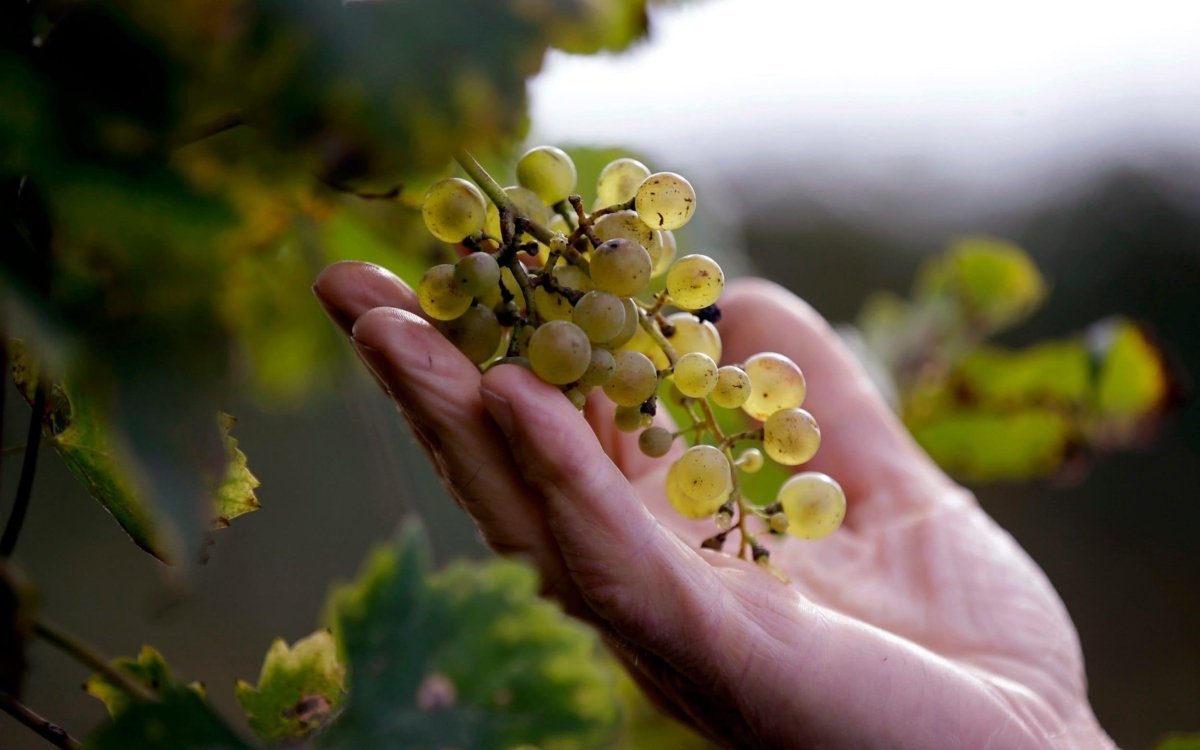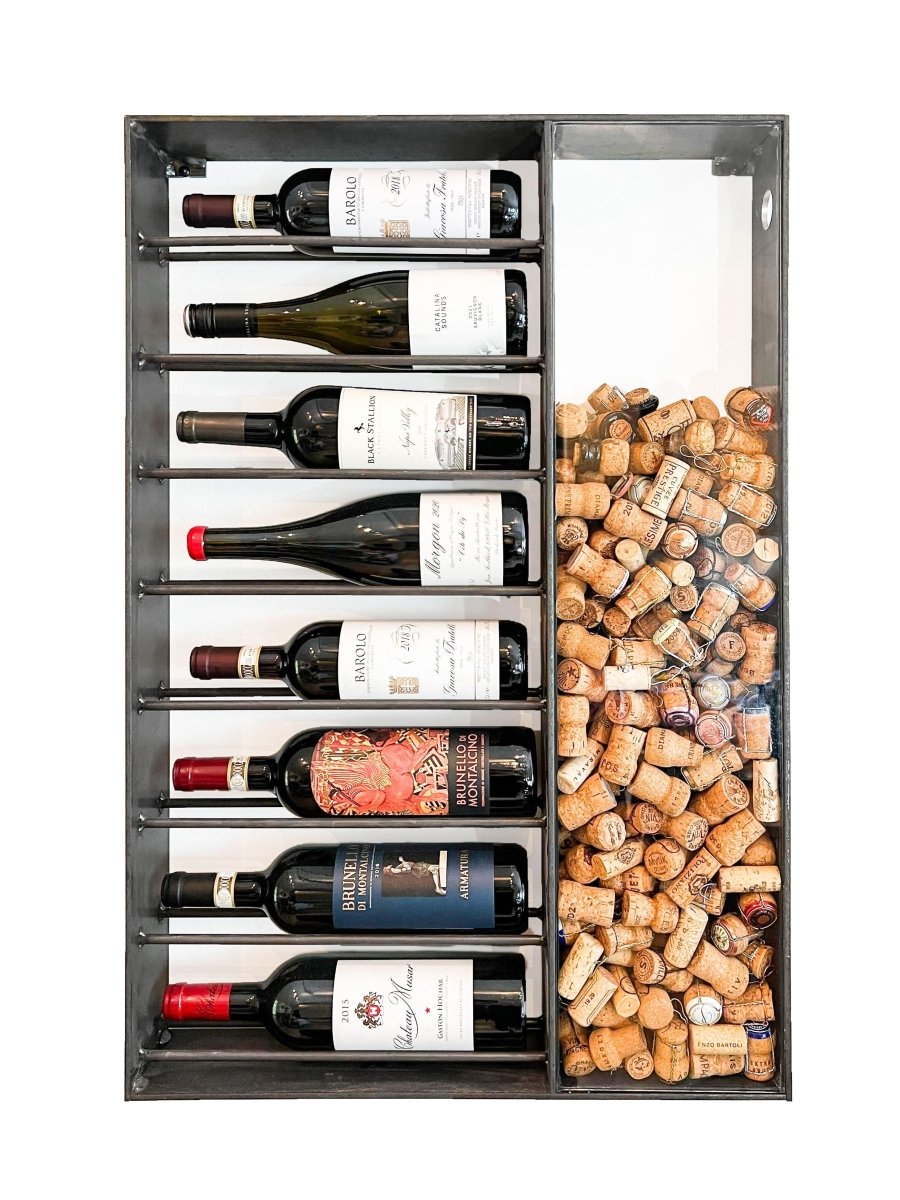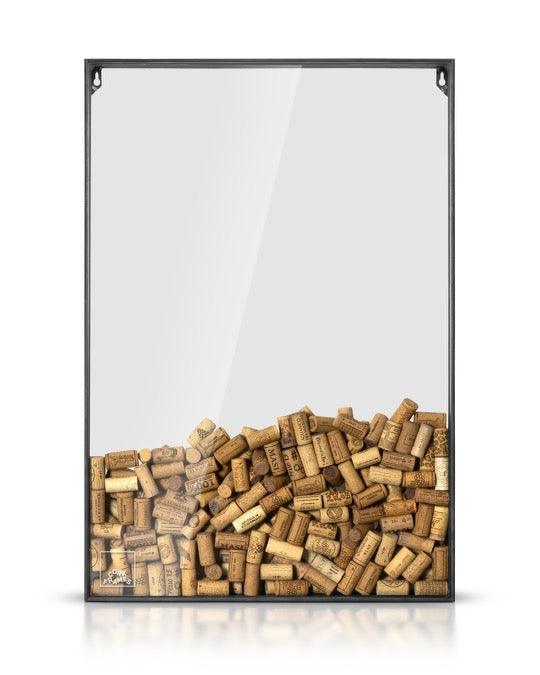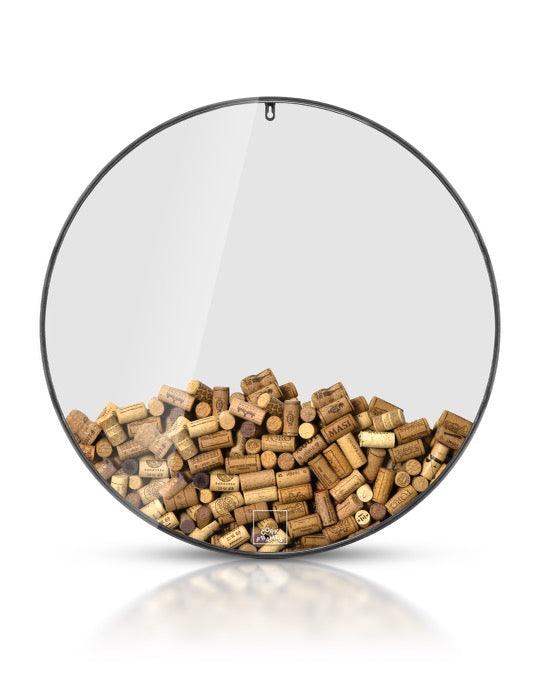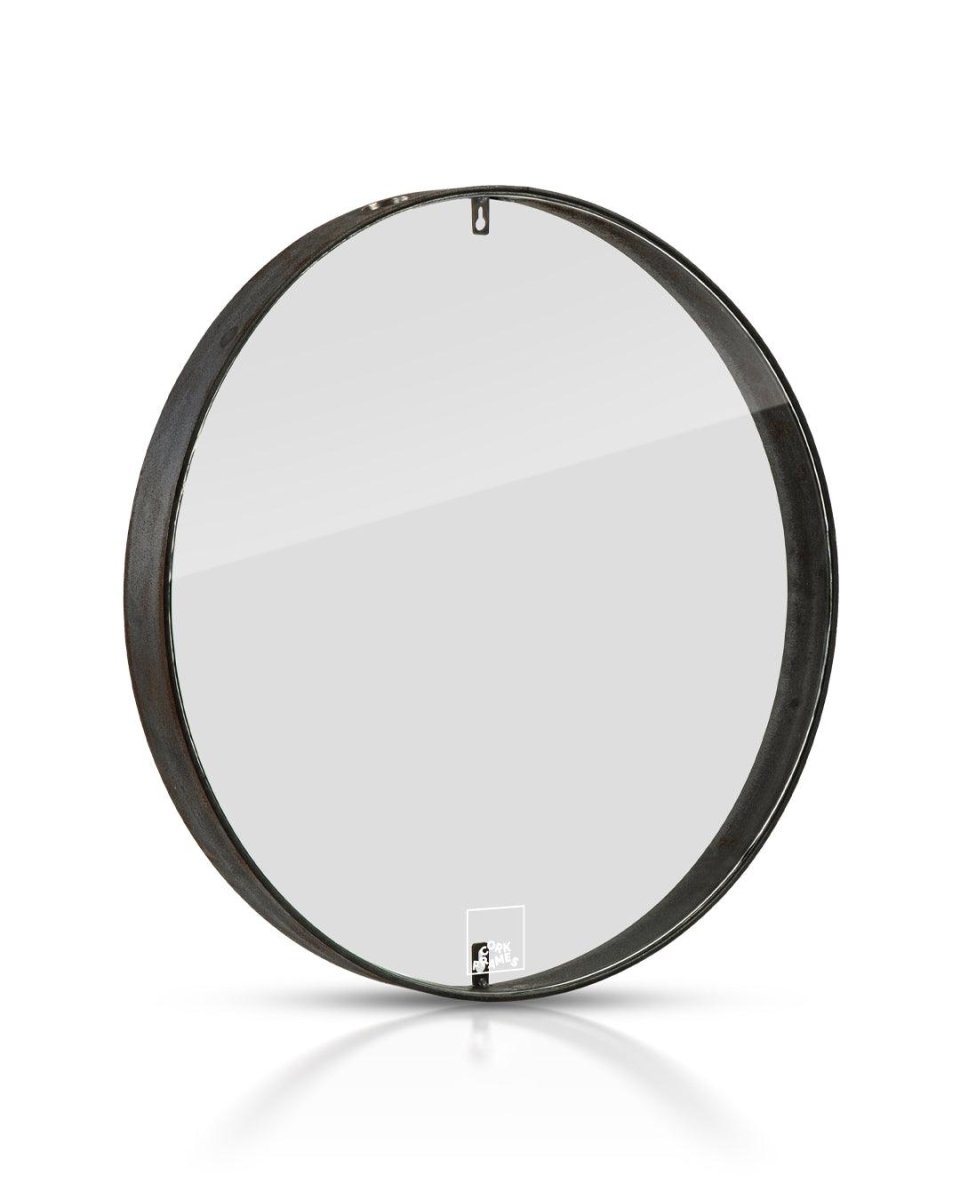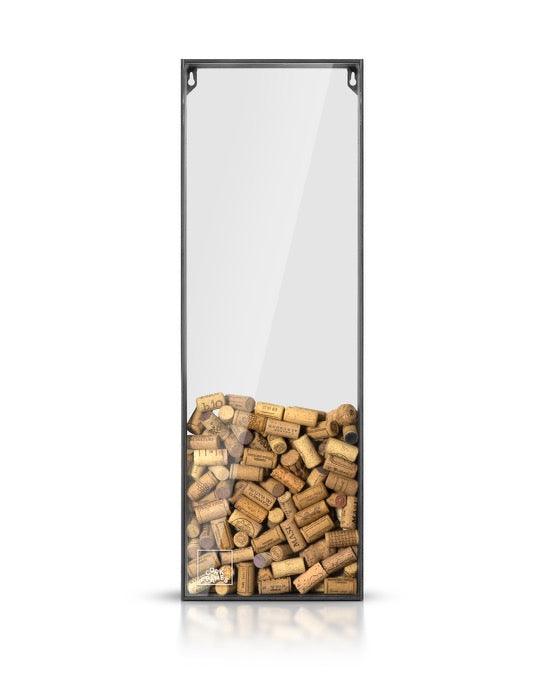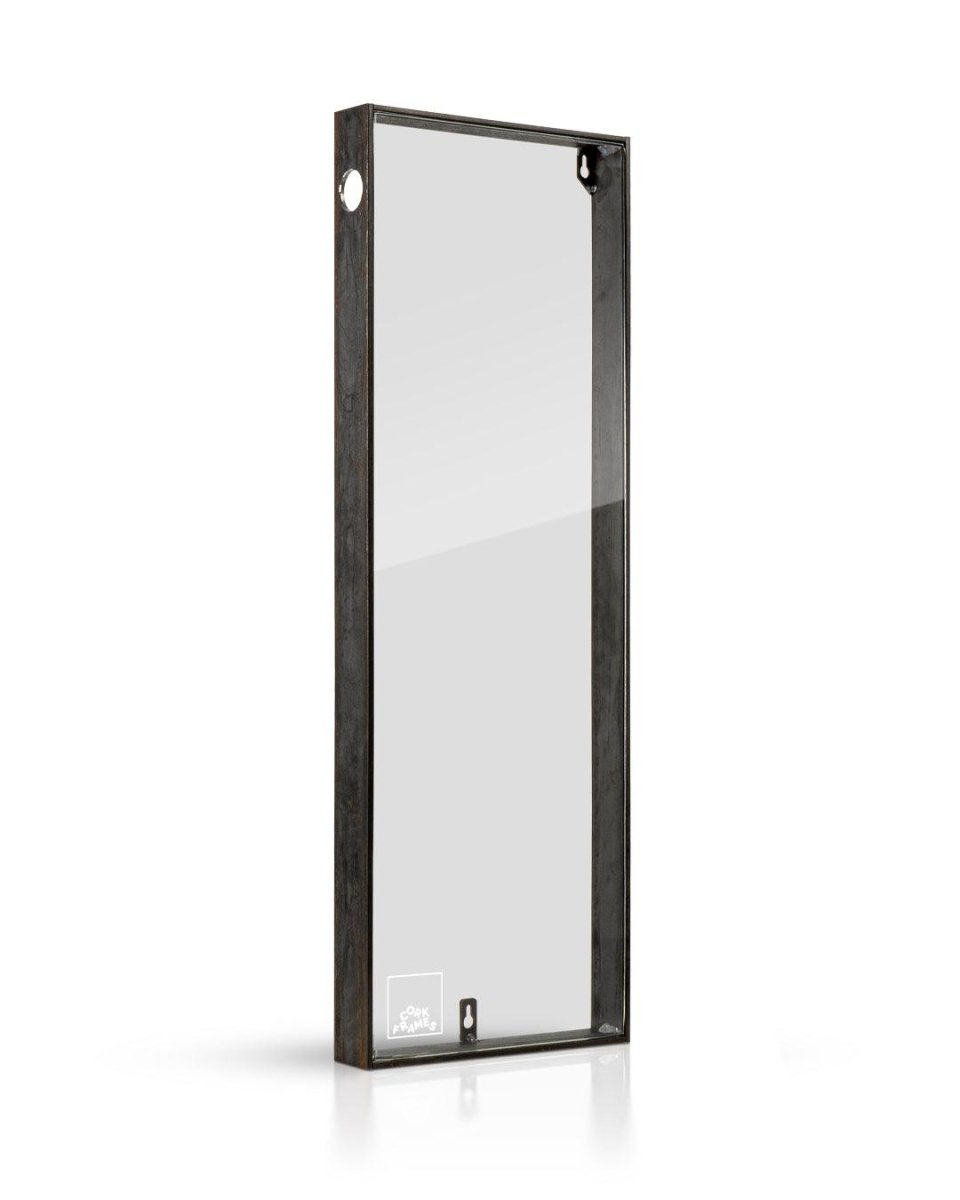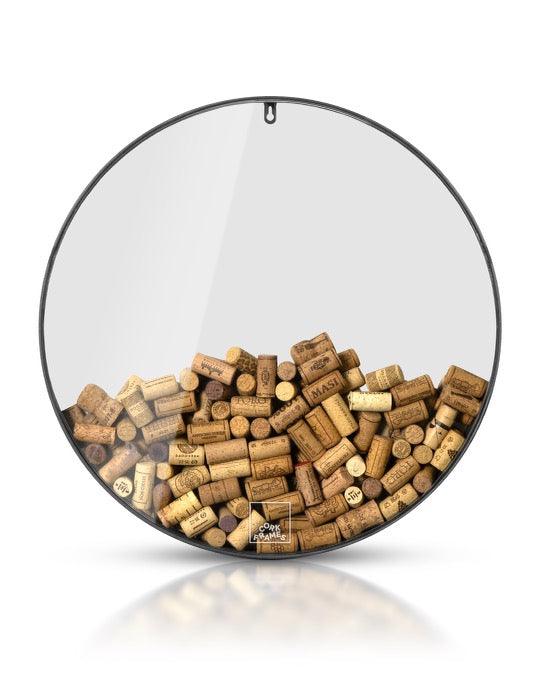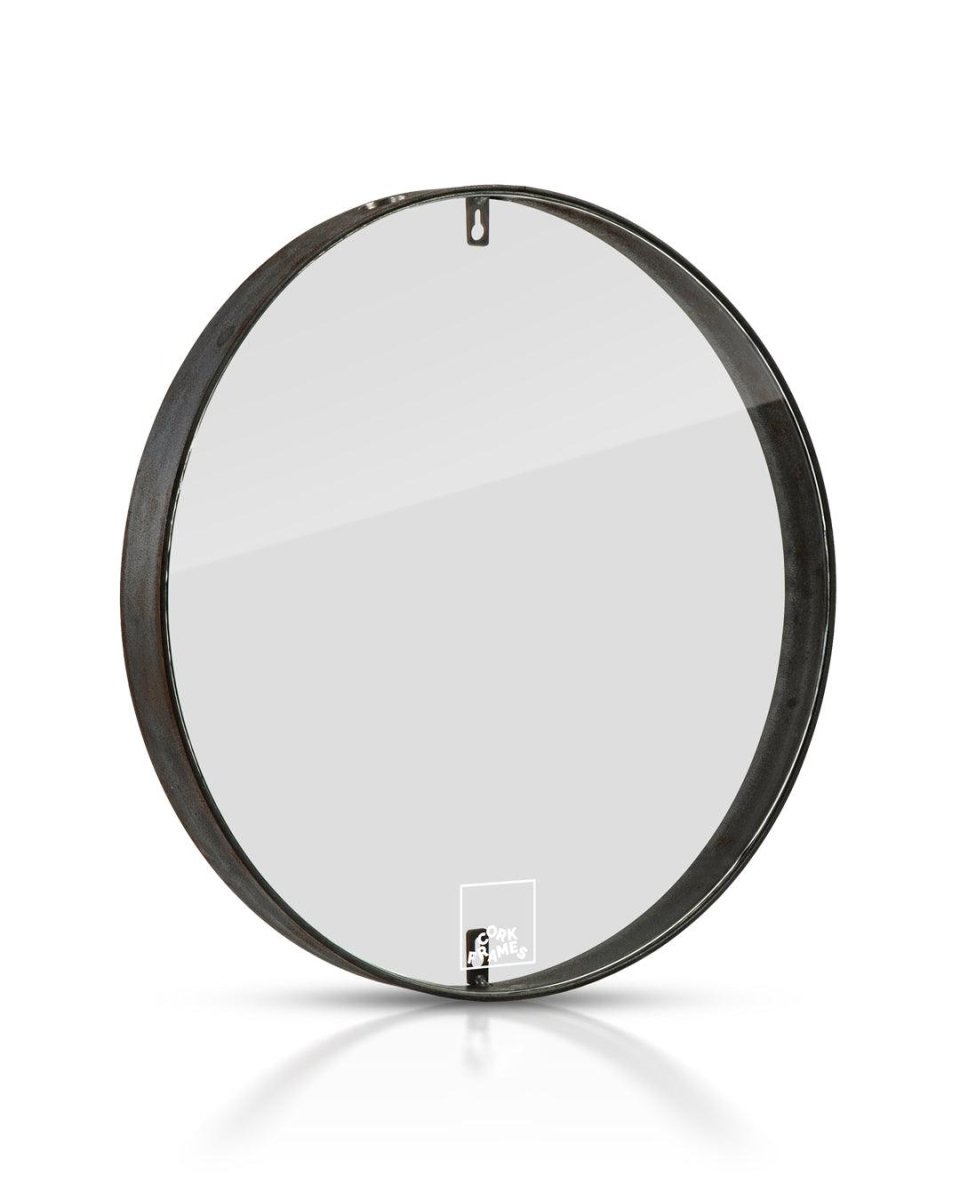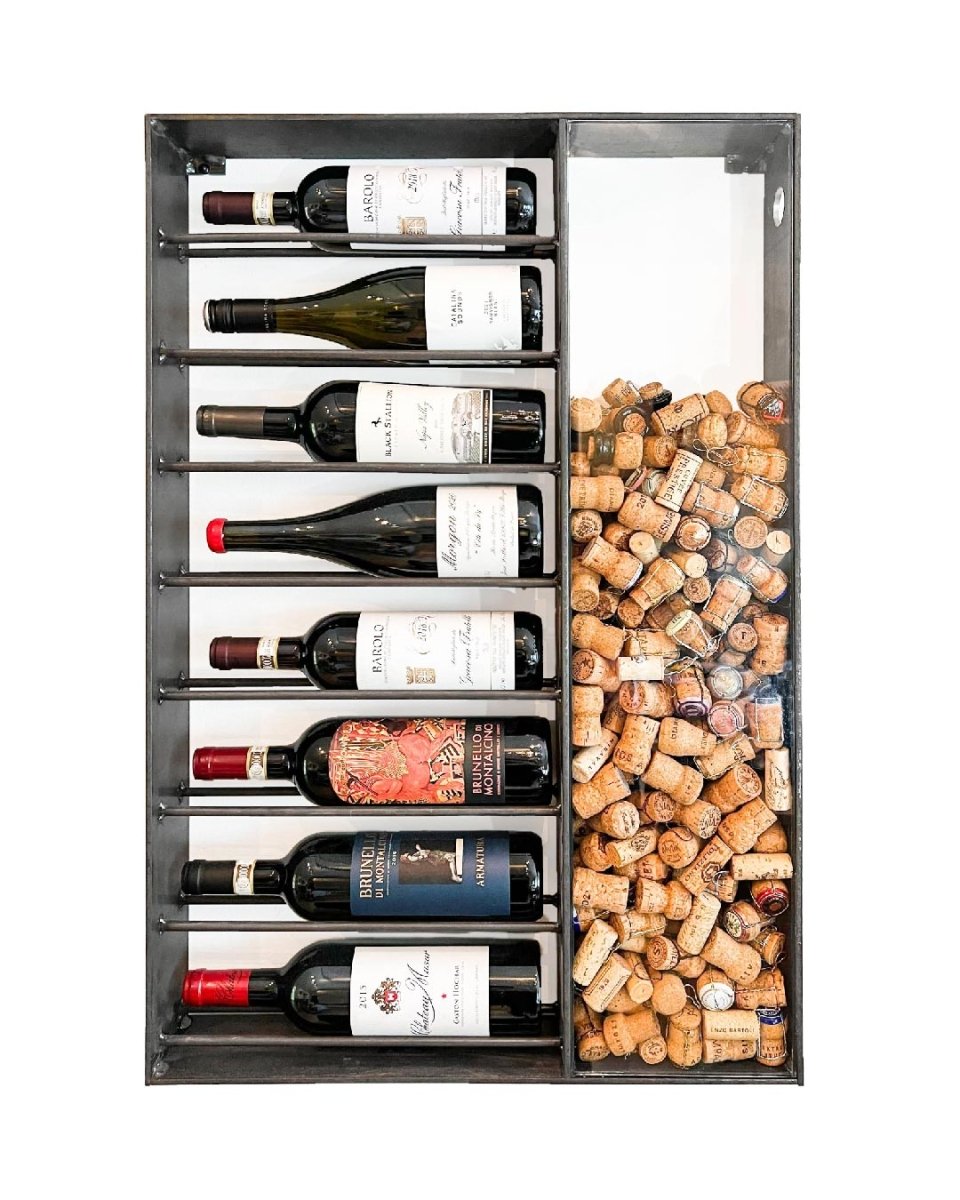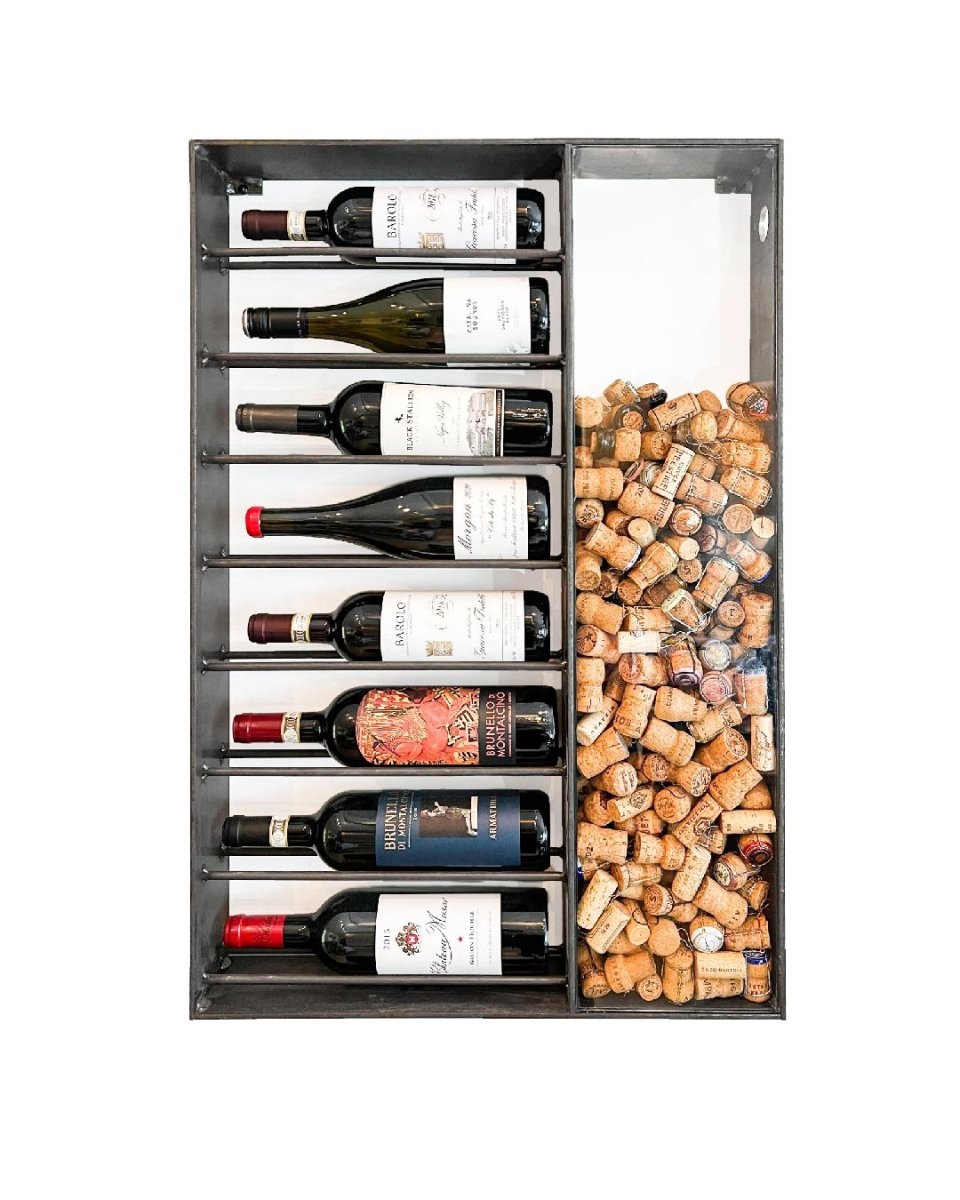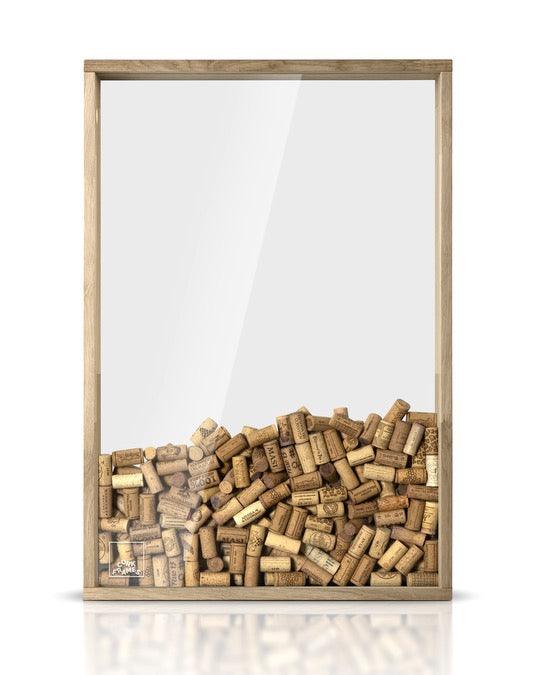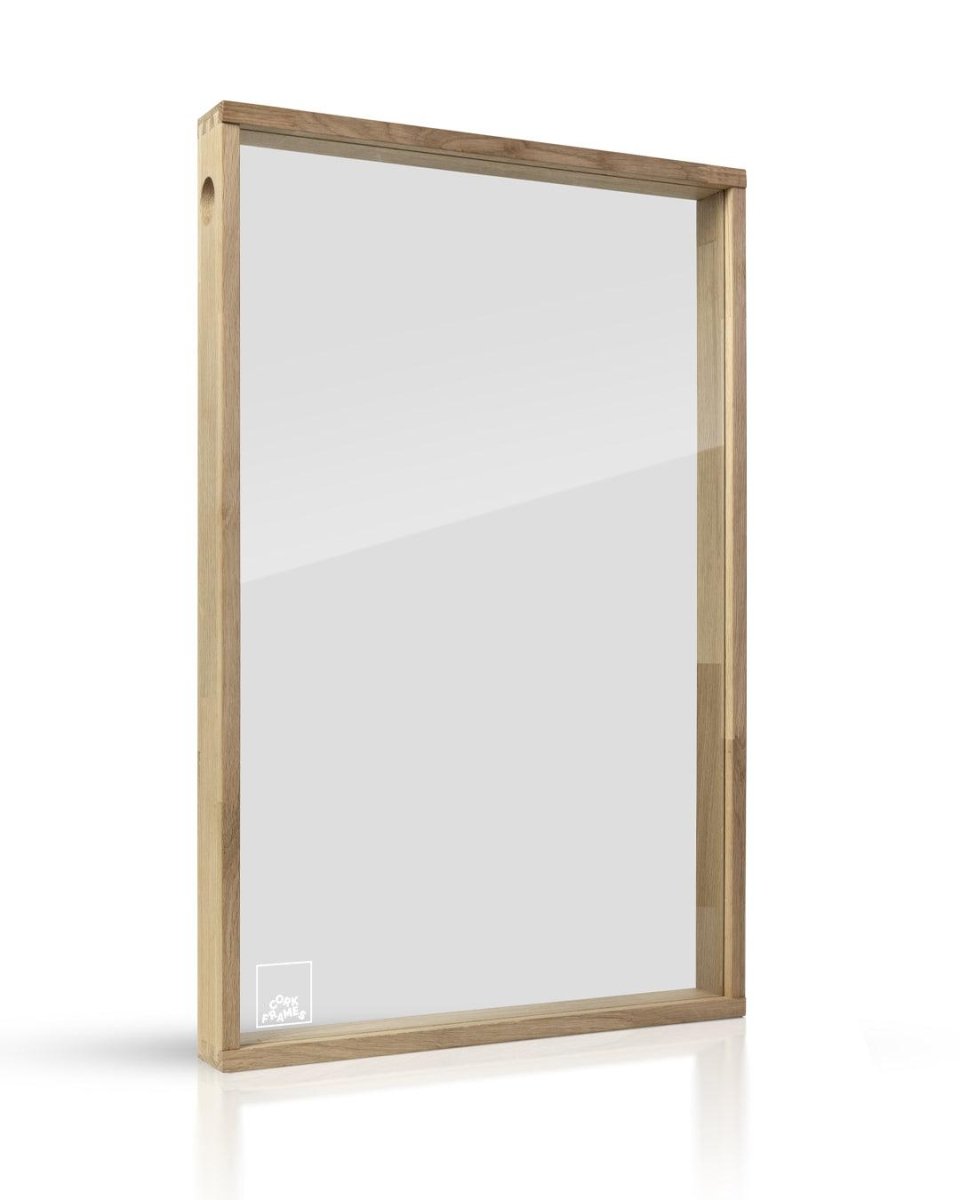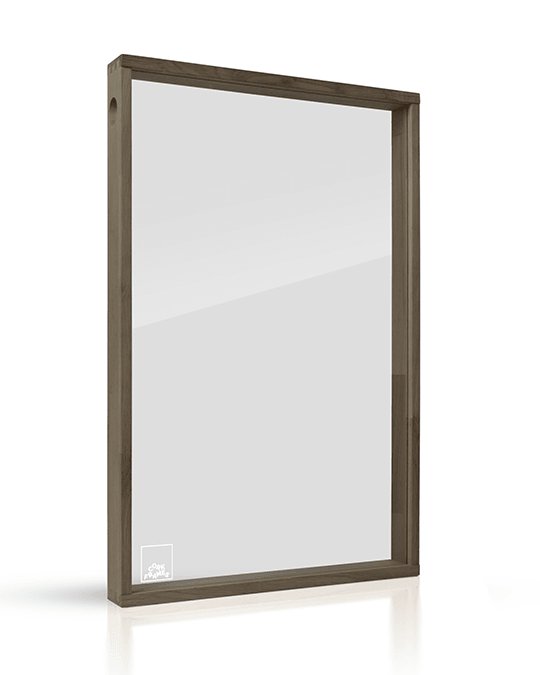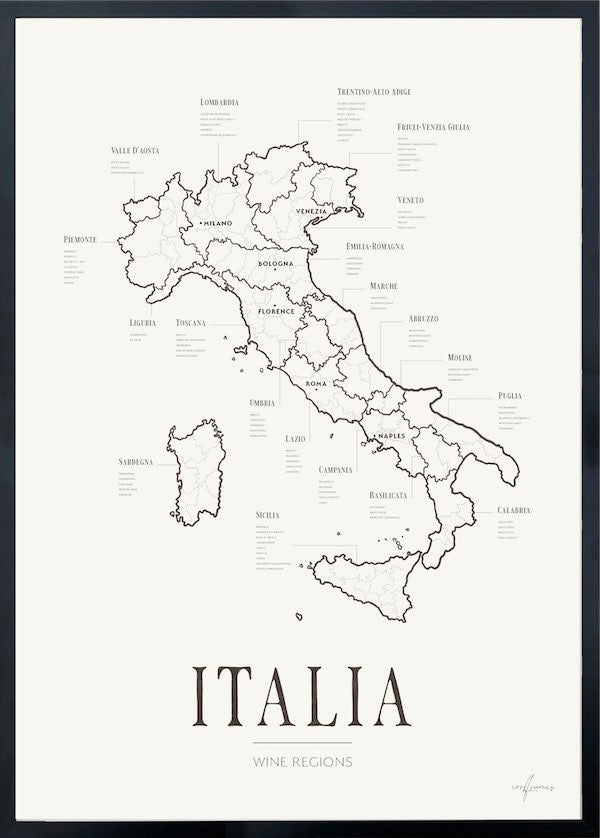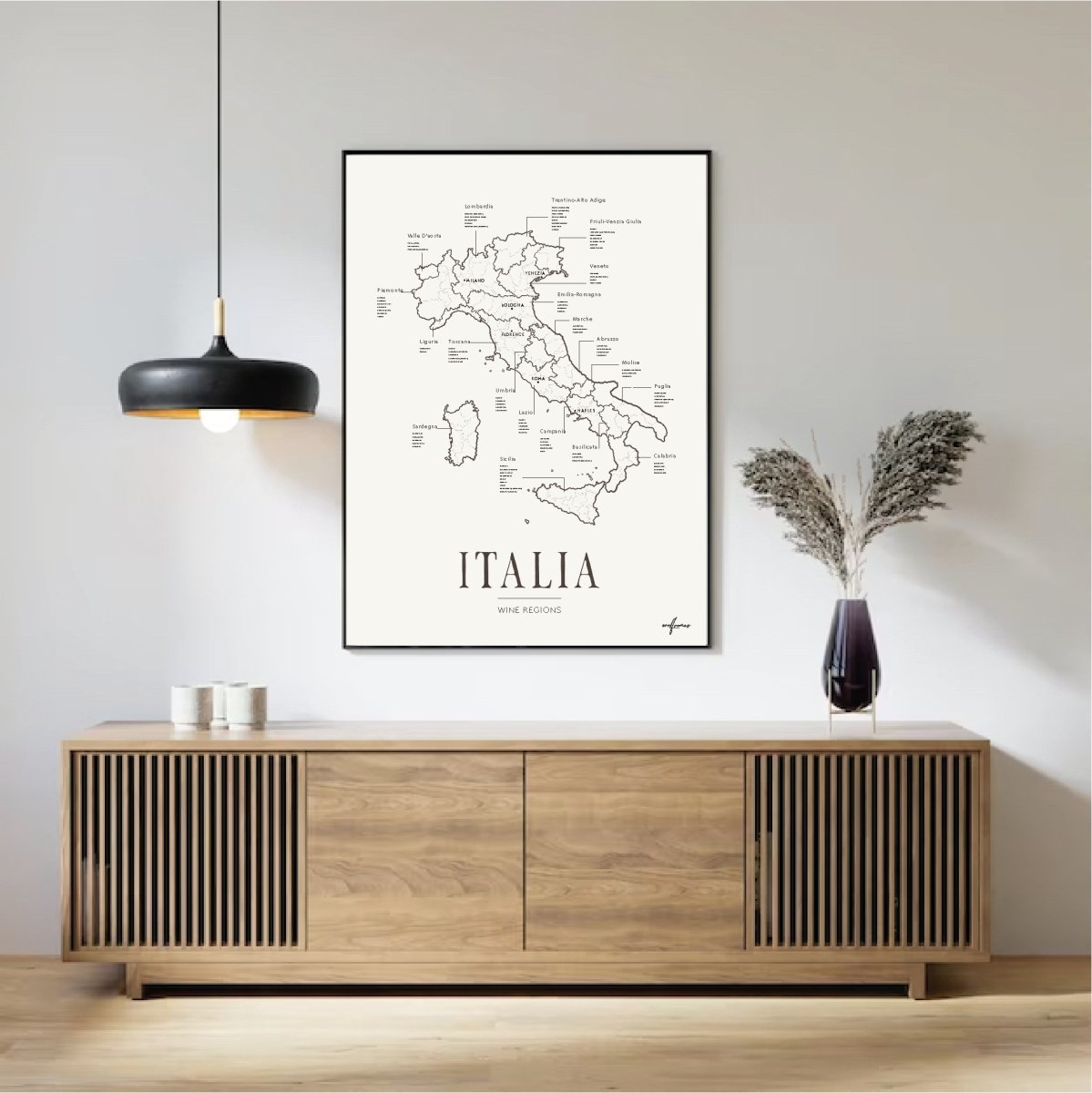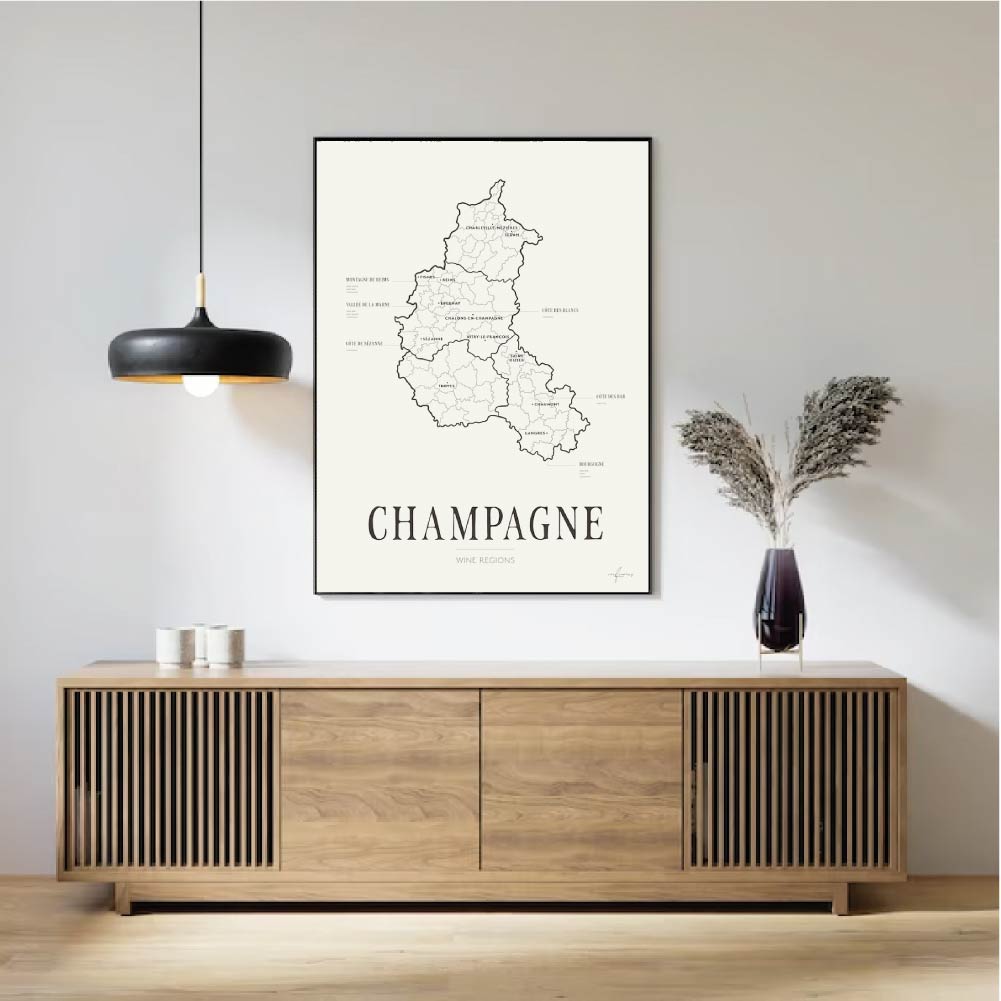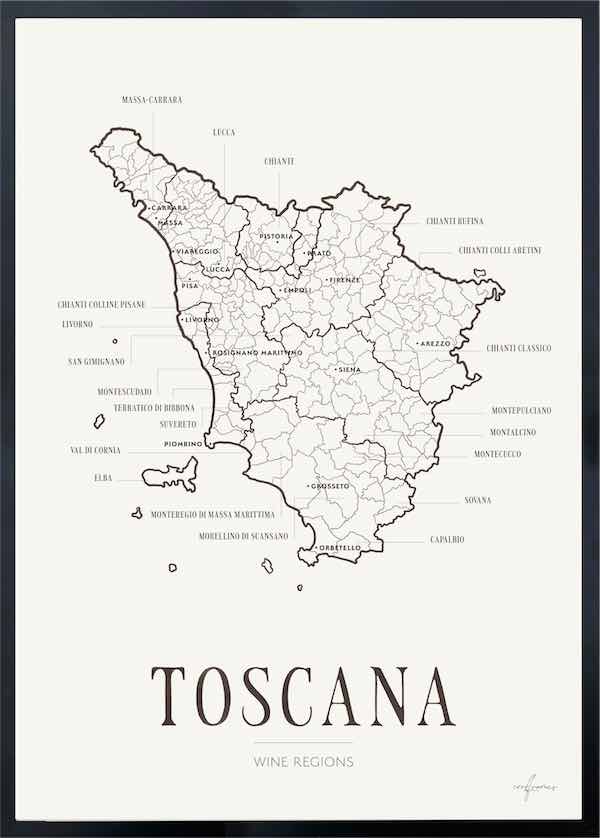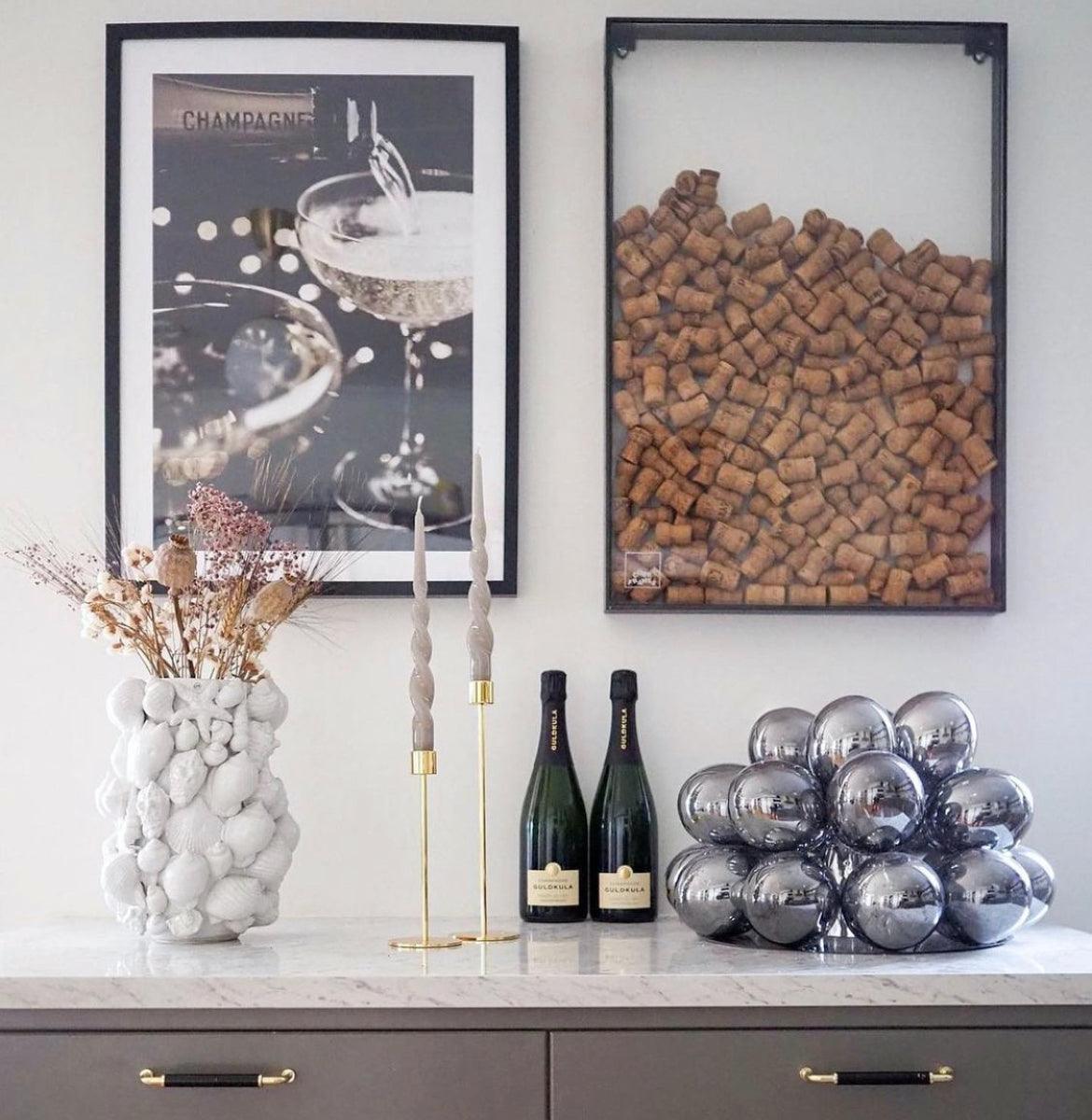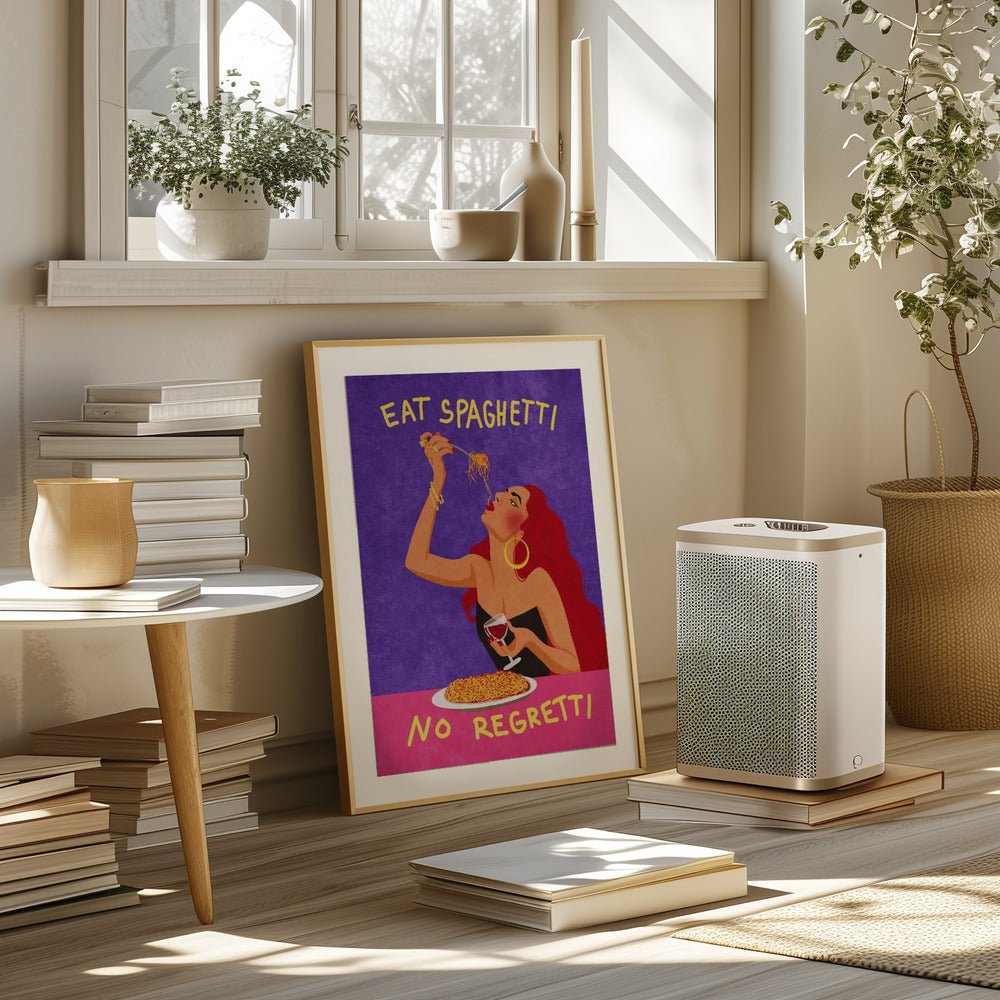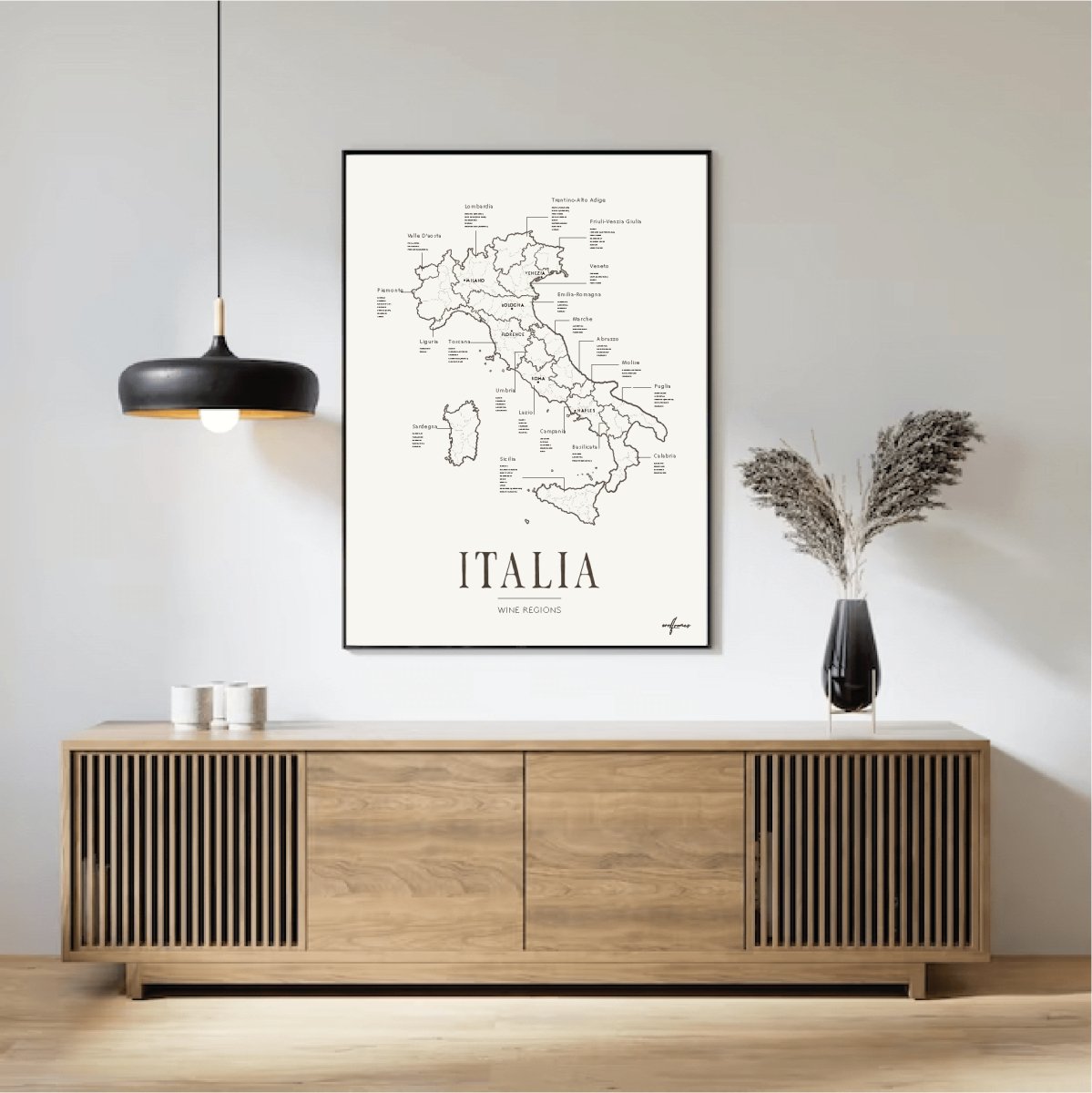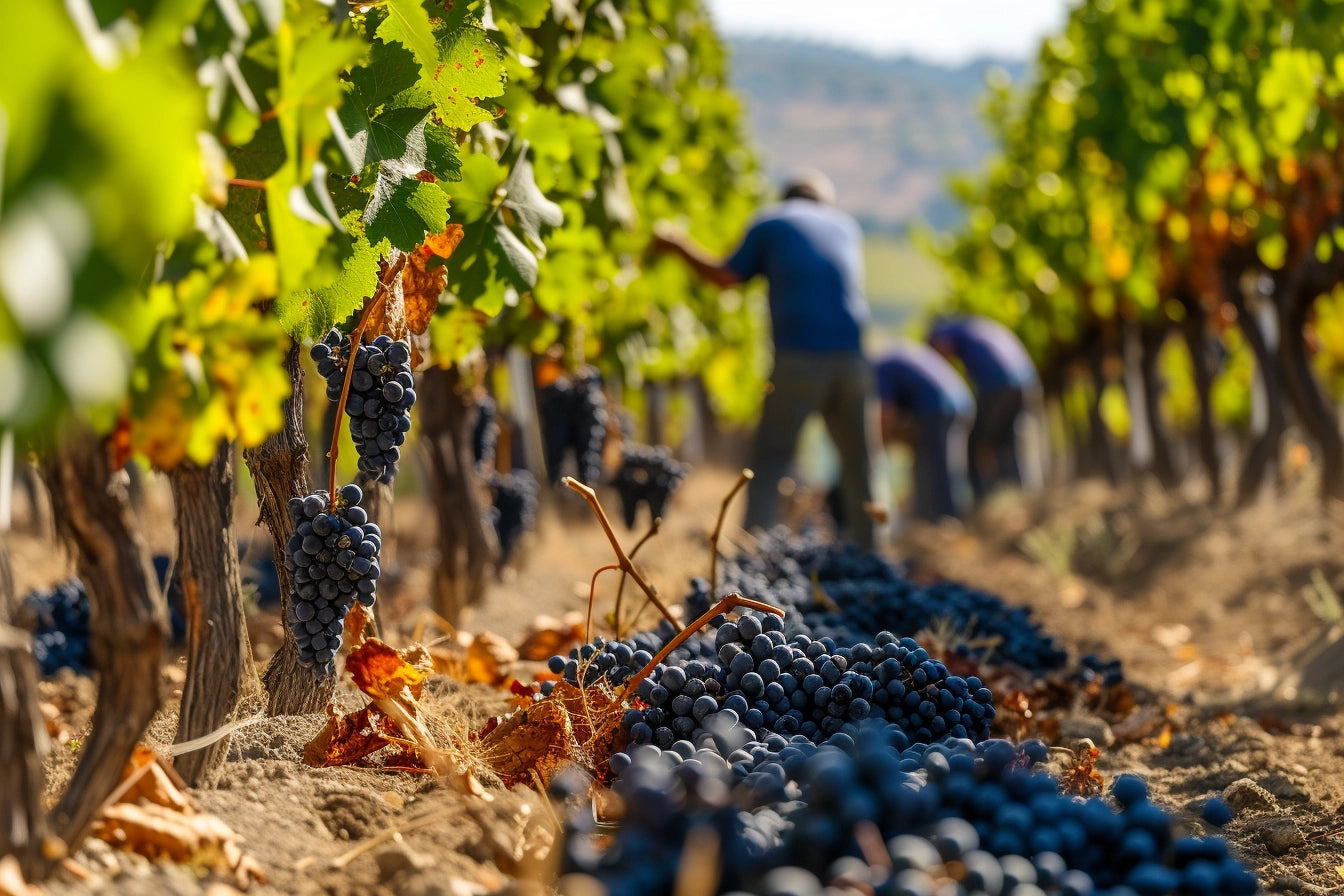Champagne, a sparkling wine synonymous with luxury and celebration, has been captivating palates and hearts for centuries.
Originating from the eponymous region in the northeastern part of France, this iconic beverage is a testament to the art of winemaking and the nuances of terroir. As a symbol of opulence and festivity, champagne has managed to carve a niche for itself in the world of wines, setting it apart as the drink of choice for momentous occasions.
The grapes
The Champagne region's distinct terroir is the cornerstone of its success, with a unique combination of soil, climate, and topography contributing to the character of its wine. Chalky soil and cool, northern climes provide the perfect environment for the three grape varieties used in champagne production: Chardonnay, Pinot Noir, and Pinot Meunier. These grapes lend the beverage its signature acidity, structure, and complexity.
The méthode champenoise
Champagne's effervescence is a result of the méthode champenoise, a meticulous and time-honored process that sets it apart from other sparkling wines. The journey to a finished bottle of champagne starts with the initial fermentation of grape juice, which produces a base wine, or "vin clair." This wine then undergoes a secondary fermentation in the bottle with the addition of a mixture of sugar and yeast, known as the "liqueur de tirage." As the yeast consumes the sugar, it generates carbon dioxide, which becomes trapped in the bottle, creating the iconic sparkle we know and love.
After secondary fermentation, champagne bottles are stored horizontally, allowing the spent yeast cells, or "lees," to remain in contact with the wine. This process, called "lees aging," imparts rich, toasty, and bready flavors to the champagne. Lees aging may last anywhere from 15 months to several years, depending on the desired outcome and champagne style.
Once the aging process is complete, the bottles undergo "riddling," a technique in which they are gradually tilted and rotated to coax the lees into the neck of the bottle. This process can be done manually, known as "remuage" or mechanically using a device called a "gyropalette." The settled lees are then removed through a process called "disgorgement," where the bottle neck is briefly frozen, and the frozen plug of lees is ejected under pressure when the cap is removed.
The final step in the méthode champenoise is "dosage." A mixture of sugar and wine, called "liqueur d'expédition," is added to the bottle to replace the lost volume during disgorgement. The amount of sugar in the dosage determines the sweetness level of the champagne, ranging from bone-dry "Brut Nature" to the sweeter "Demi-Sec" and "Doux."
The different styles of Champagne
Champagne styles are diverse, with Non-Vintage (NV), Vintage, Blanc de Blancs, Blanc de Noirs, and Rosé being some of the most popular. Non-Vintage champagnes are a blend of wines from multiple years, while Vintage champagnes are made from grapes harvested in a single, exceptional year. Blanc de Blancs is produced exclusively from Chardonnay grapes, while Blanc de Noirs is made from Pinot Noir and/or Pinot Meunier. Rosé champagne is created either by blending red and white wines or by allowing the grape skins to macerate with the juice for a short period, imparting a delicate pink hue.
Champagne is not only a symbol of celebration but also a versatile accompaniment to a wide range of dishes. Its high acidity and effervescence cleanse the palate, making it an ideal partner.
And the most important part of all! Dont forget to save the cork in a Corkframe!
Pop It, Drink It, Frame It


